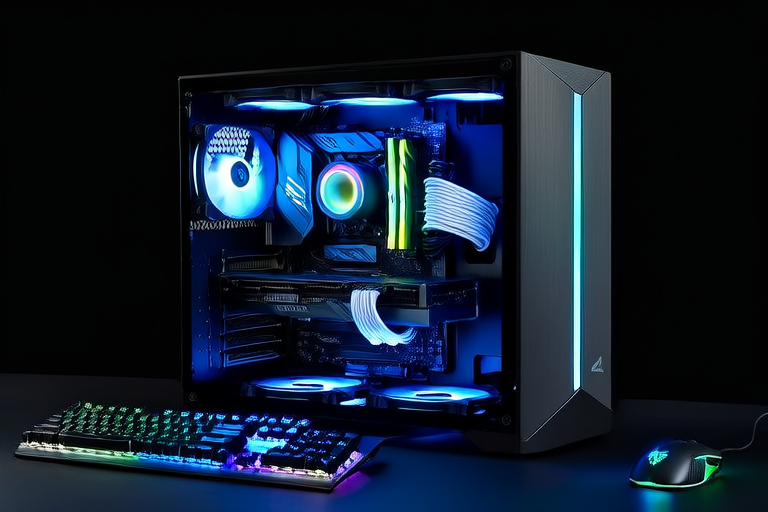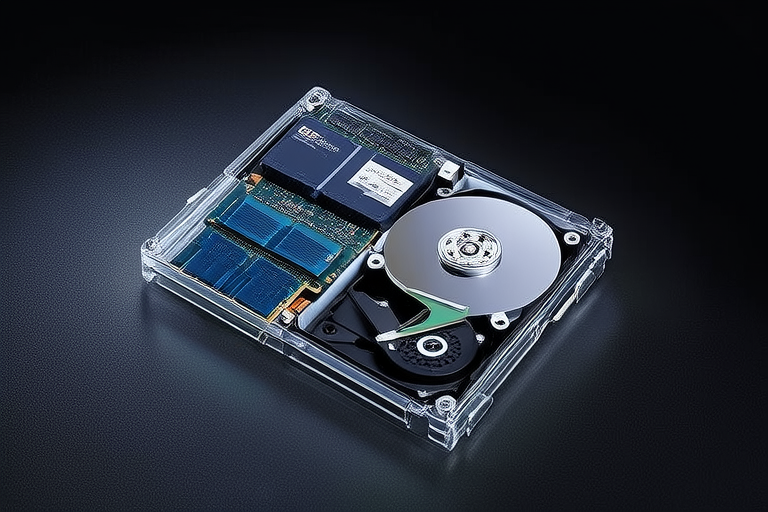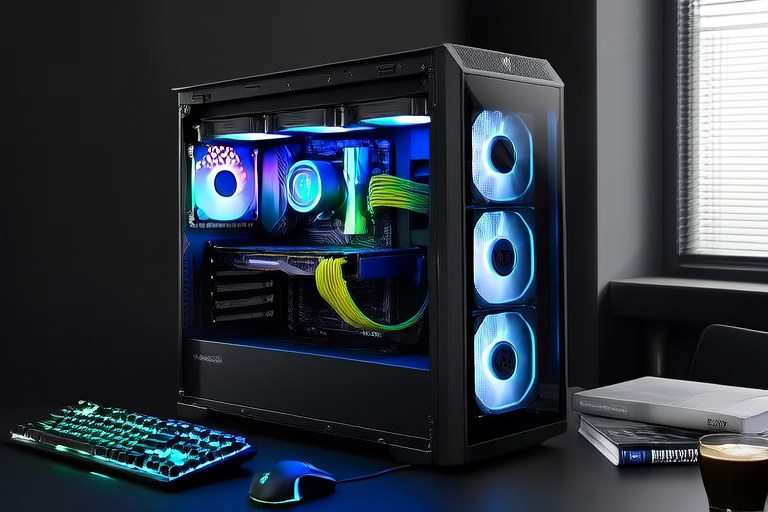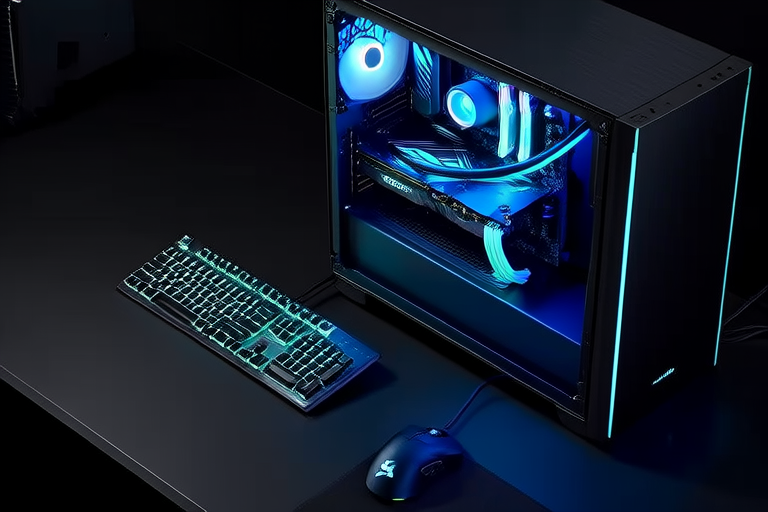“`html
Exploring the Future of Computer Hardware: Innovations You Need to Know
Introduction
The landscape of computer hardware has undergone significant transformations over the past few decades, driven by relentless innovation. From the early days of bulky desktop computers to the sleek, powerful devices we use today, advancements in hardware have played a pivotal role in shaping the tech industry. These innovations have not only enhanced user experiences but also enabled breakthroughs in fields ranging from healthcare to finance.
As we look towards the future, the potential impact of upcoming hardware innovations is vast. Quantum computing, next-generation CPUs and GPUs, advanced memory technologies, and sustainable hardware solutions are just a few areas where groundbreaking developments are taking place. This article delves into these key areas, exploring how they will shape the future of computing and the industries that rely on it.
Quantum Computing
Quantum computing represents a paradigm shift in computing technology. Unlike classical computers, which process information using bits that can be either 0 or 1, quantum computers use qubits that can exist in multiple states simultaneously. This allows them to perform complex calculations at unprecedented speeds, solving problems that are currently intractable for traditional computers.
One of the most promising applications of quantum computing is in cryptography. Traditional encryption methods, which rely on the difficulty of factoring large numbers, could become obsolete with the advent of quantum computers capable of breaking these codes. This poses both a threat and an opportunity, as it necessitates the development of quantum-resistant encryption algorithms.
Other areas set to benefit from quantum computing include optimization and drug discovery. By simulating molecular structures and interactions, quantum computers could accelerate the development of new drugs and materials. While there are still significant challenges to overcome, such as error rates and qubit coherence times, recent breakthroughs in quantum processor development offer hope for a revolutionary future.
Next-Generation CPUs and GPUs
The evolution of central processing units (CPUs) and graphics processing units (GPUs) continues to drive the capabilities of modern computers. Companies like Intel, AMD, and NVIDIA are at the forefront of innovation, pushing the boundaries of performance and energy efficiency.
Advancements in CPU architecture, such as the rise of RISC-V and ARM-based designs, promise greater flexibility and cost-effectiveness. These open-source architectures allow for customization and adaptation to specific use cases, fostering innovation across various industries.
In the realm of GPUs, the focus remains on delivering higher performance while maintaining energy efficiency. NVIDIA’s RTX series, for example, has introduced real-time ray tracing, significantly enhancing visual fidelity in gaming and professional applications. Meanwhile, AMD’s Zen architecture continues to push the envelope in multi-core performance and power efficiency.
Advanced Memory Technologies
Memory technologies are evolving rapidly, with new solutions aimed at addressing the limitations of traditional DRAM and NAND flash. Magnetoresistive random-access memory (MRAM), resistive RAM (ReRAM), and Intel’s 3D XPoint are among the emerging technologies that promise faster, more reliable, and more energy-efficient storage solutions.
Magnetic RAM, for instance, offers non-volatile storage, meaning data persists even when power is turned off. This makes it ideal for applications requiring instant boot-up times and persistent memory. ReRAM, on the other hand, leverages memristor technology to create ultra-fast, low-power storage devices that could replace DRAM in future systems.
These advancements hold the potential to transform computing by enabling faster data access, reduced latency, and improved overall system performance. As memory technologies continue to evolve, they will play a crucial role in supporting the demands of next-generation applications.
Chip-Scale Integration and Packaging
The trend towards miniaturization in chip design is driving innovations in system-on-chip (SoC) integration, 3D stacking, and advanced packaging techniques. System-on-chip integration combines multiple functions—such as processing, memory, and connectivity—onto a single chip, reducing size and improving performance.
3D stacking involves vertically integrating multiple layers of chips, allowing for denser integration and shorter interconnects between components. This approach can significantly enhance performance while reducing power consumption. Advanced packaging techniques, like fan-out wafer-level packaging (FOWLP), further enable the creation of compact, high-performance devices.
These developments are paving the way for smaller, more powerful smartphones, laptops, and wearables. As the demand for portable, high-performance devices grows, chip-scale integration and advanced packaging will continue to play a critical role in meeting these needs.
AI-Driven Hardware
The integration of artificial intelligence (AI) into hardware design is accelerating innovation in several ways. AI-driven tools are being used to optimize chip design, thermal management, and power consumption, leading to more efficient and effective hardware solutions.
For example, machine learning algorithms can predict optimal transistor sizes and placement, resulting in better-performing chips with lower power consumption. Similarly, AI can assist in thermal management by predicting heat dissipation patterns and suggesting cooling solutions.
Moreover, AI is playing a vital role in the development of specialized hardware accelerators for tasks like deep learning and neural network processing. These accelerators, such as Google’s Tensor Processing Units (TPUs) and NVIDIA’s Tensor Cores, enable faster and more efficient execution of AI workloads, driving advancements in autonomous vehicles, natural language processing, and image recognition.
Sustainable and Eco-Friendly Hardware
The push for sustainability in hardware development is gaining momentum as concerns about the environmental impact of technology grow. Manufacturing processes, energy consumption, and e-waste are all areas where significant improvements are needed.
Efforts to reduce the carbon footprint of manufacturing include the adoption of renewable energy sources and the implementation of circular economy principles. Recycling and reusing electronic components can help minimize waste and conserve resources.
Innovations in materials science are also contributing to greener hardware solutions. For instance, the use of biodegradable plastics and recycled metals in device construction can help reduce environmental impact. Additionally, advances in energy-efficient semiconductor materials and cooling technologies are helping to lower the power consumption of devices.
Conclusion
The future of computer hardware holds immense promise, with innovations poised to transform the way we compute and interact with technology. From the potential of quantum computing to the advancements in memory technologies and AI-driven hardware, the possibilities are vast.
As we move forward, it is essential to remain mindful of the environmental impact of our technological advancements. Sustainable practices and eco-friendly innovations will be crucial in ensuring that the benefits of these technologies are enjoyed responsibly.
Stay informed about the ongoing developments in the field of computer hardware. The future is bright, and the innovations yet to come will undoubtedly shape the world in ways we can only begin to imagine.
“`




